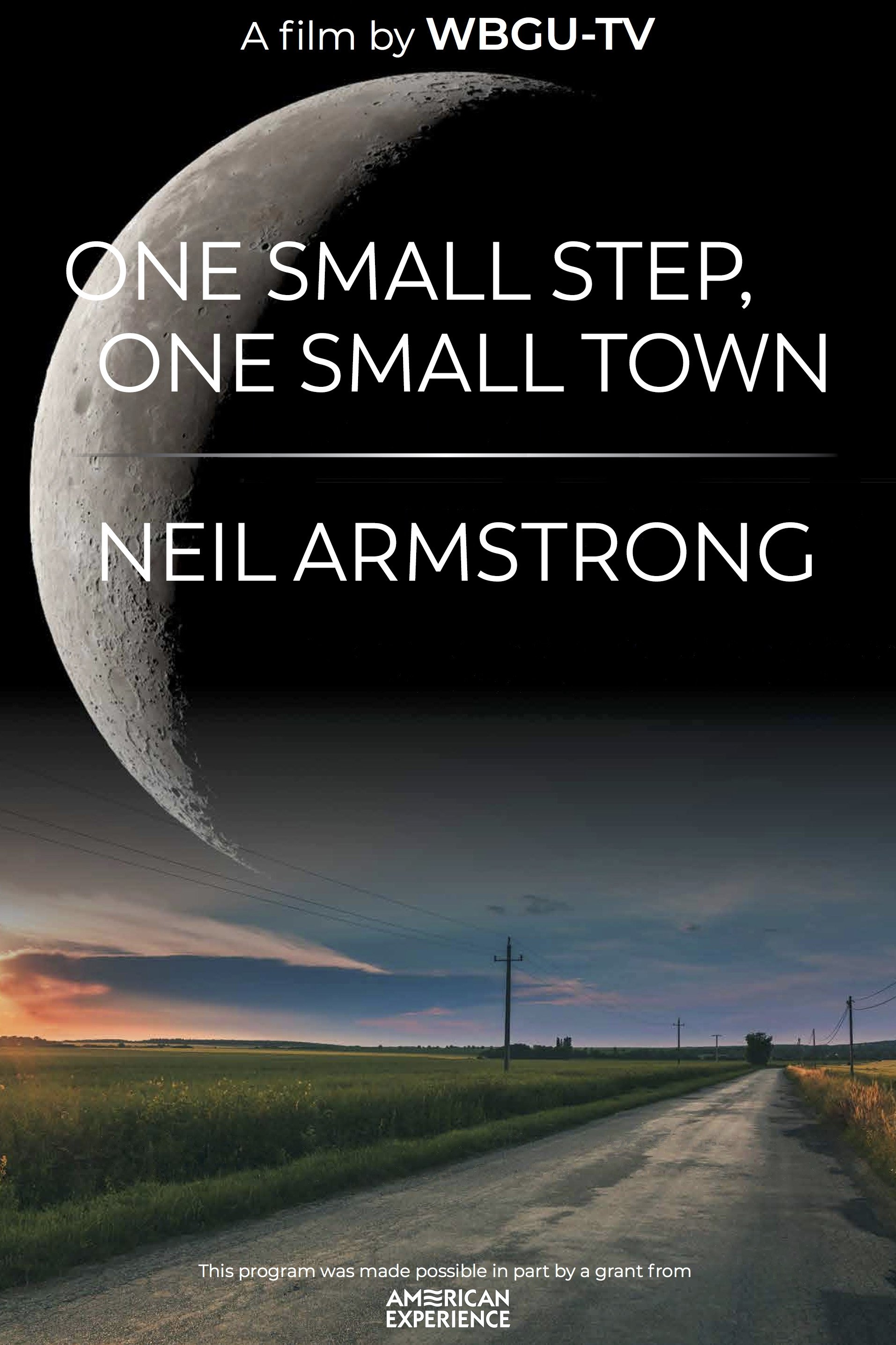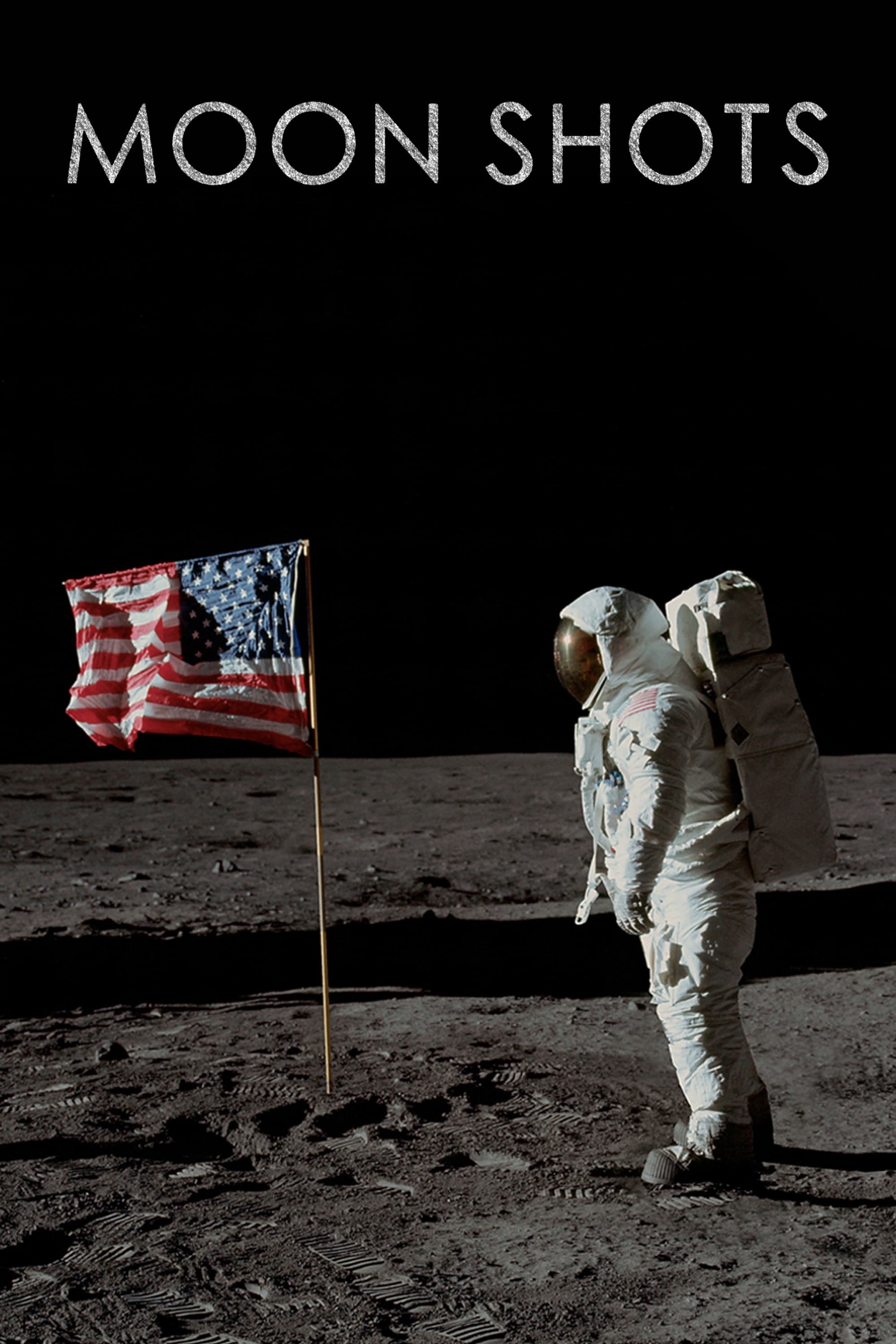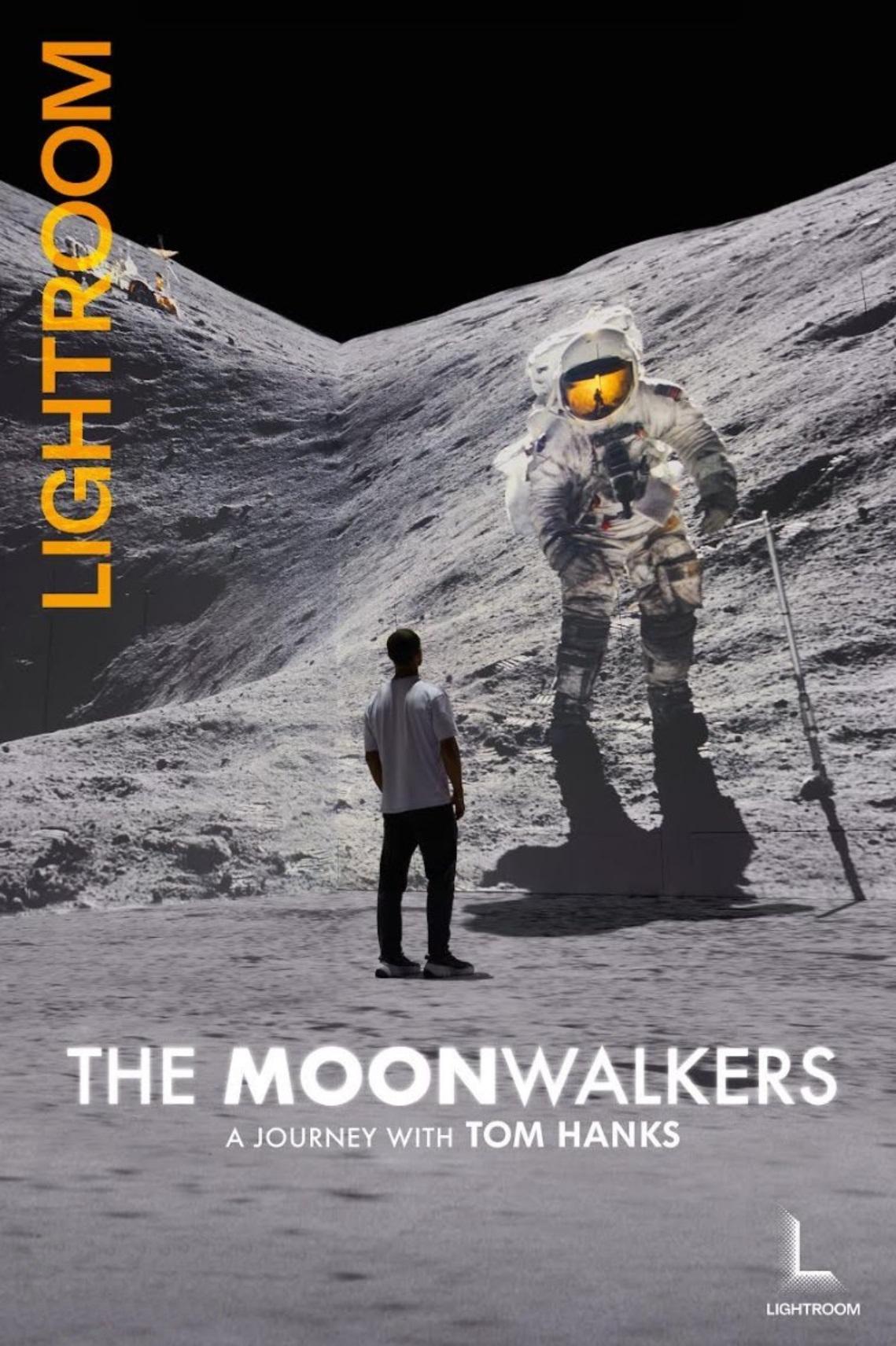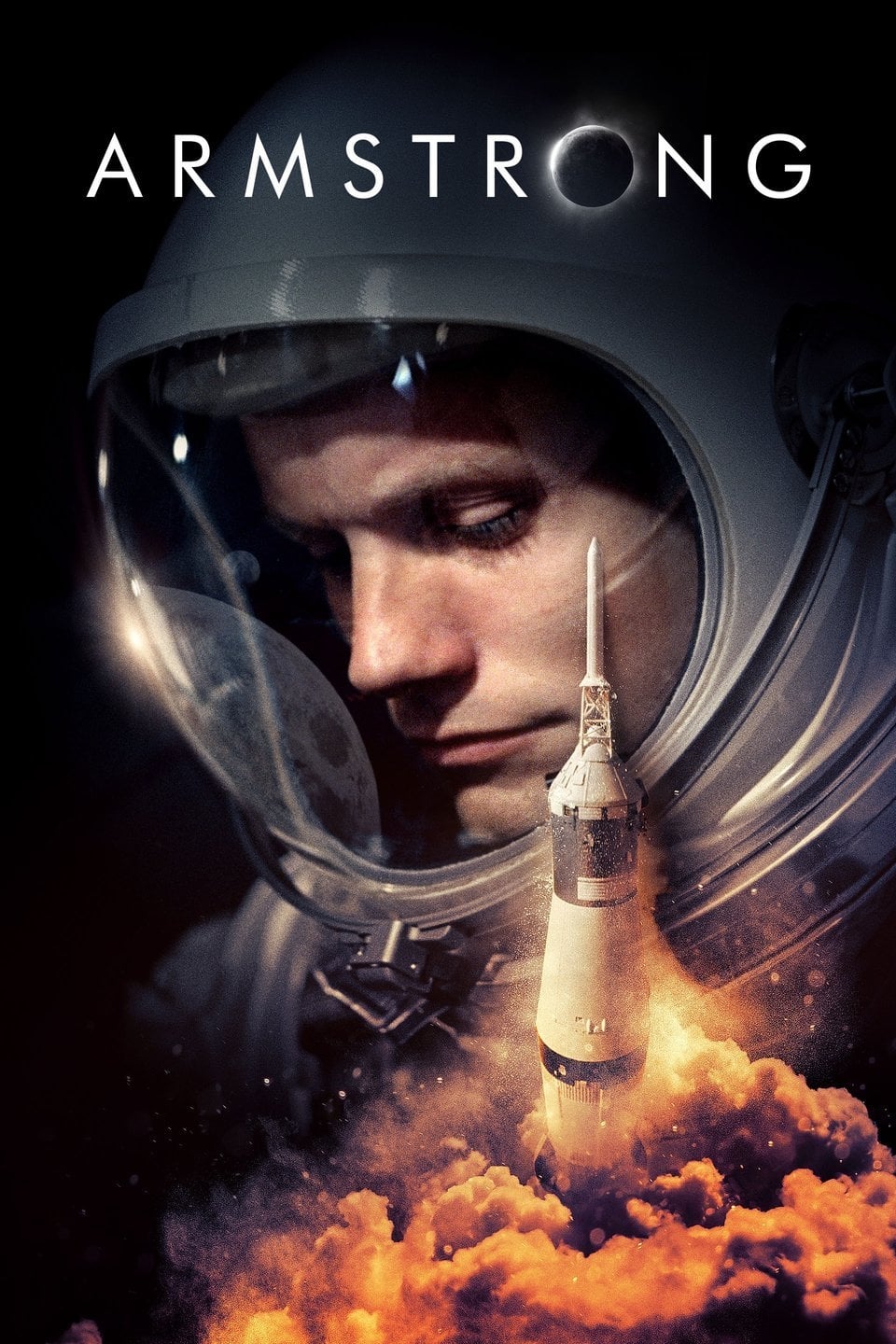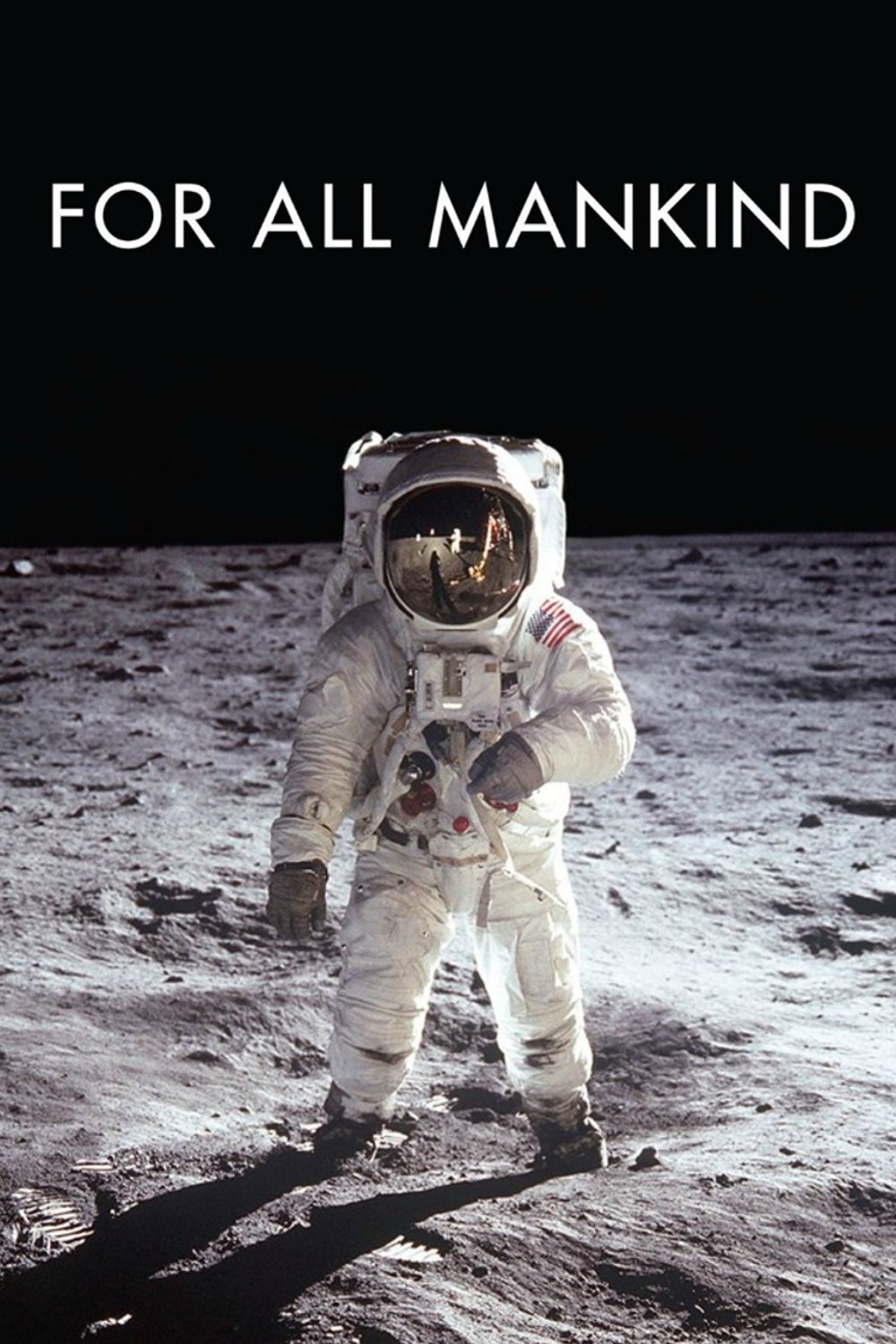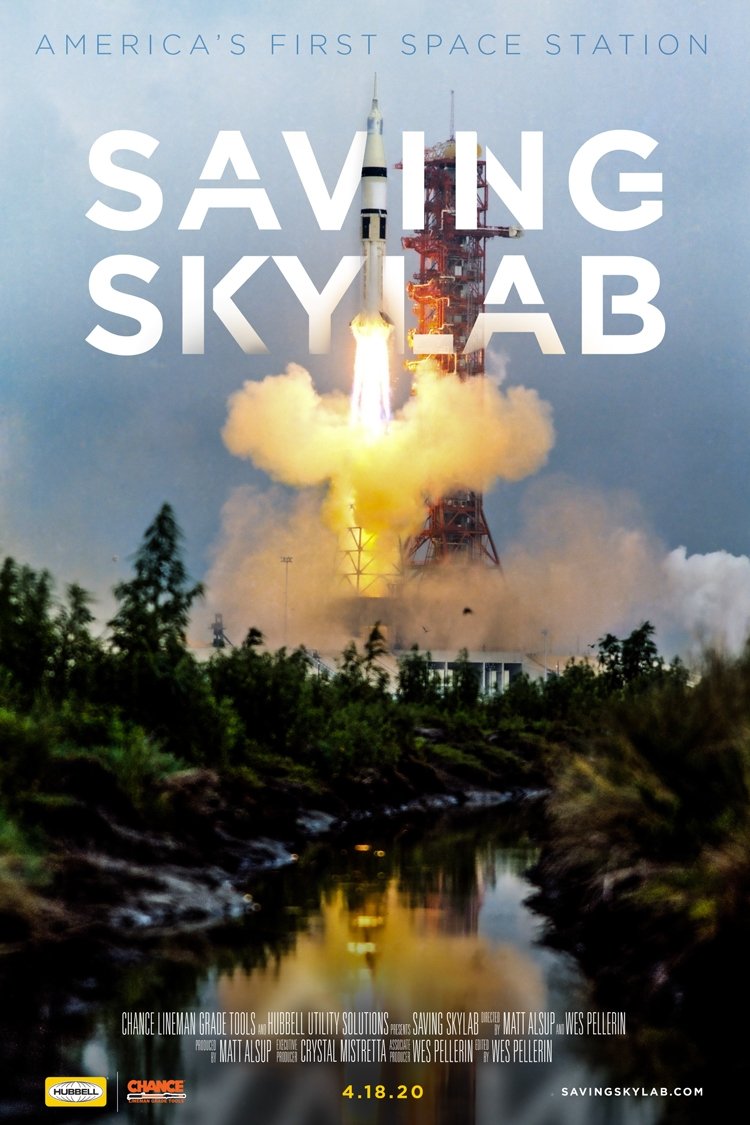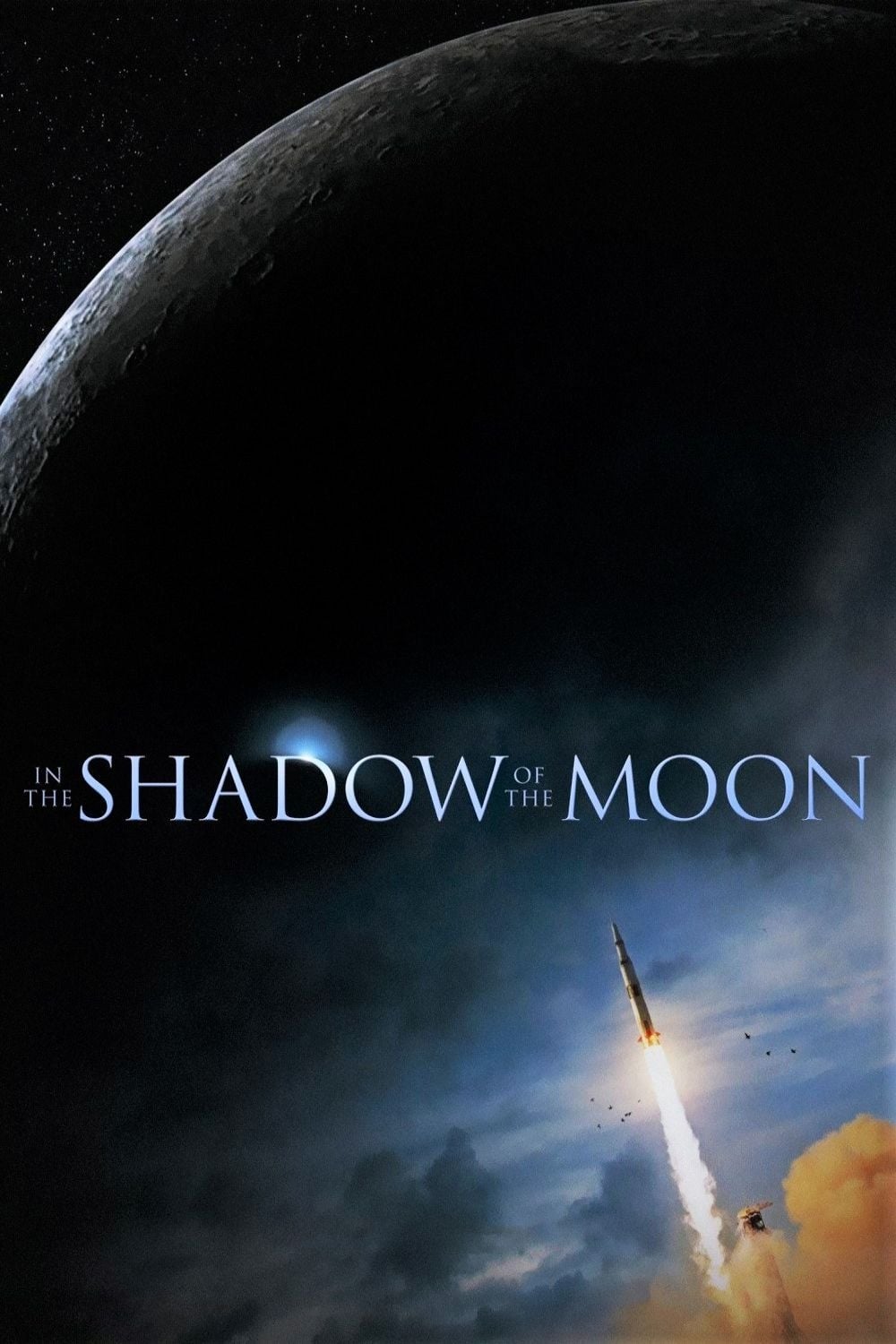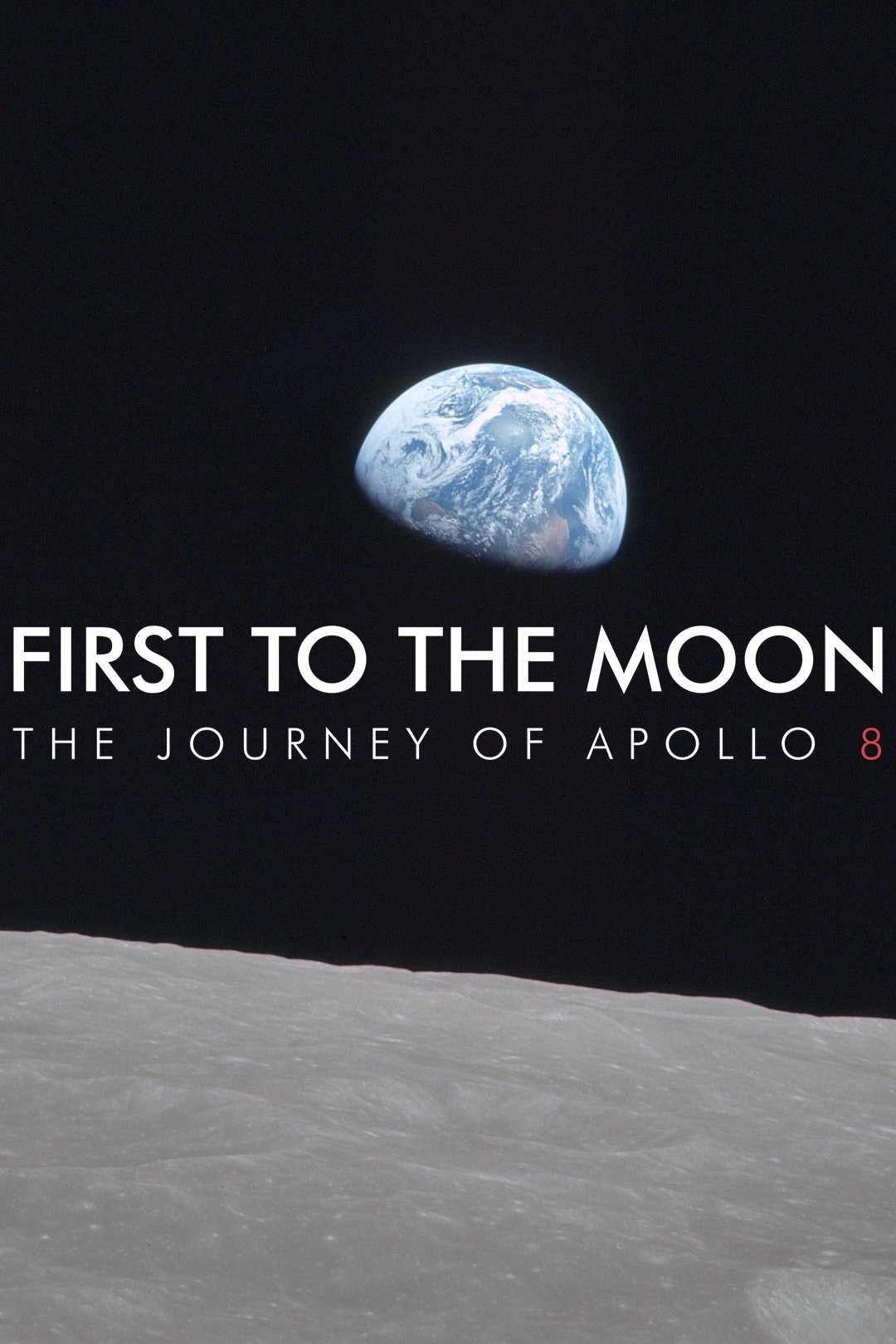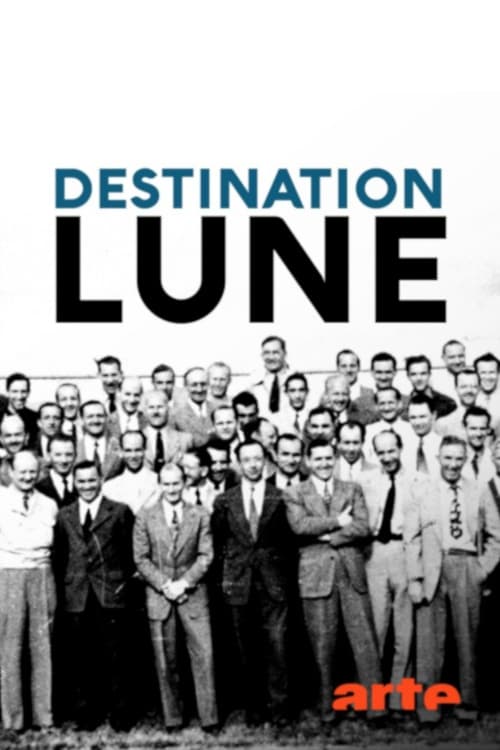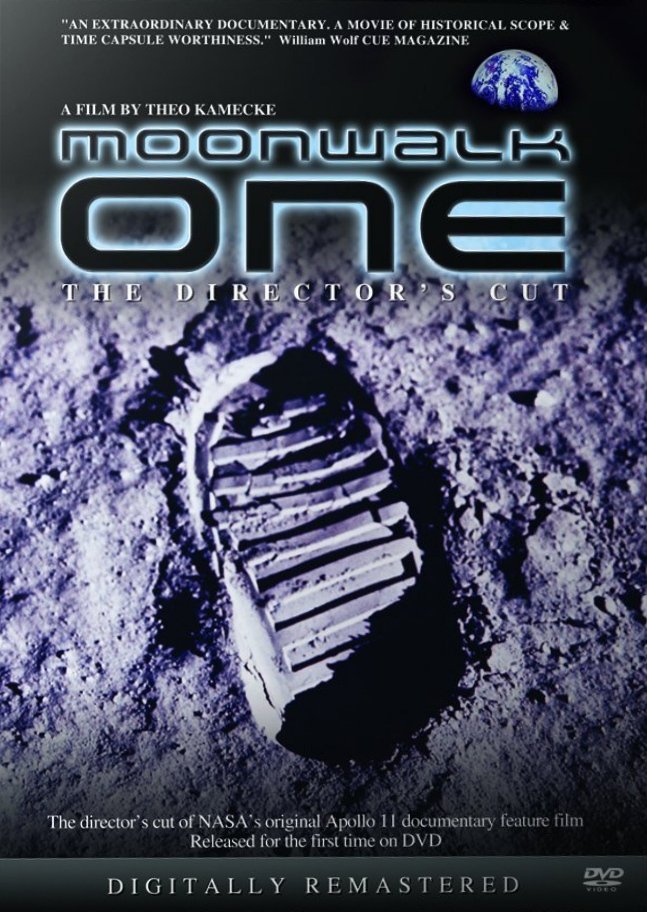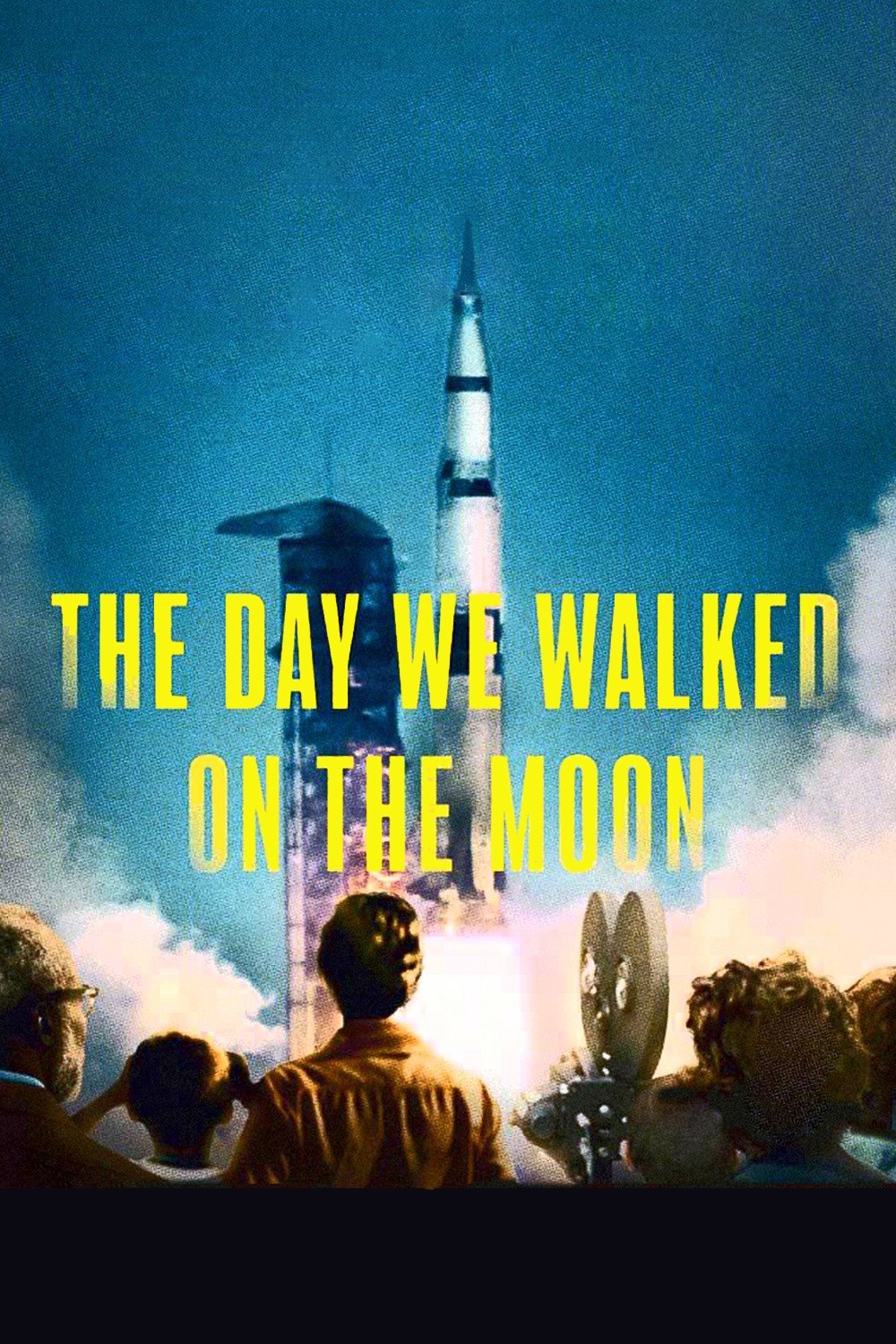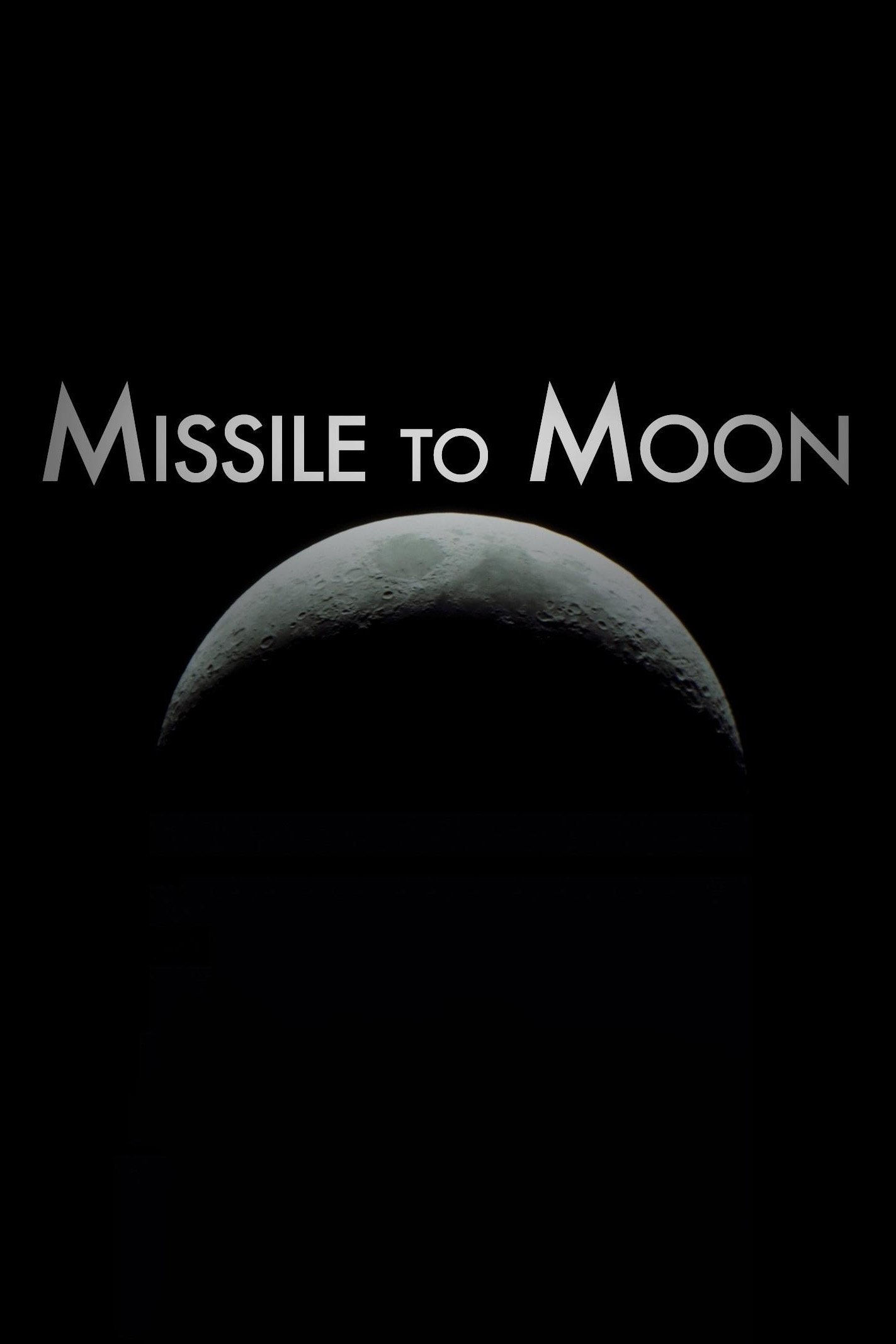
Missile to Moon (2012)
Overview
Track the evolution of Huntsville, Alabama, from the "Watercress Capital of the World" to "Rocket City, USA," Wernher von Braun's journey from German Rocket Engineer to American Hero, and the role this unlikely combination played in thrusting the United States into the forefront of the Space Age.
Production Companies
Additional Info
| Budget | $0.00 |
|---|---|
| Revenue | $0.00 |
| Original Language | en |
| Popularity | 0.123 |
Directed By
Crew
TOP CAST
Similar Movies
One Small Step, One Small Town: Neil Armstrong
WBGU-TV celebrates the 50th anniversary of the moon landing (July 2019) with a special collection of interviews from the friends and family of Neil Armstrong, the first astronaut to step on the moon. Through never-before-seen footage and home movies, interviewees share memories of growing up in Northwest Ohio. The documentary also includes as a look at the momentous 1969 Homecoming Celebration.
Moon Shots 4K
This is the complete story of NASA's Moon Missions, from Apollo 1 to Apollo 17, told for the first time using 4K and HD original footage taken by astronauts from the most iconic space voyages in history.
Project Gemini: Bridge to the Moon
All of the necessary technologies required to reach the Moon was first tested during Project Gemini, which comprised of ten missions in the mid-1960s.
The Moonwalkers: A Journey with Tom Hanks
An immersive documentary focusing on the story of the Apollo space program
How the Moon Conquered Pop
Musicians inspired by the Moon. Since the Apollo landings, the Moon has entered popular consciousness like never before. A journey through pop music's lunar obsession.
For All Mankind
A testament to NASA's Apollo program of the 1960s and '70s. Composed of actual NASA footage of the missions and astronaut interviews, the documentary offers the viewpoint of the individuals who braved the remarkable journey to the moon and back.
Saving Skylab: America's First Space Station
How an electric lineman's tool manufacturer in Centralia, Missouri, helped save the first American space station from catastrophe.
Research Project X-15
The X-15 was the last in a line of manned rocket-powered research airplanes built during the 1950s to explore ever-faster and higher flight regimes. Nineteen years before Space Shuttle, the X-15 showed it was possible to fly into, and out of, space. Launched from the wing of a modified B-52 bomber, the ship rocketed higher and faster than any manned aircraft of the time. There had never been anything like the X-15; it had a million-horsepower engine and could fly twice as fast as a rifle bullet. In the joint X-15 hypersonic research program that NASA conducted with the Air Force, the Navy, and North American Aviation the aircraft flew over a period of nearly 10 years and set unofficial speed and altitude records, in a program to investigate all aspects of piloted hypersonic flight. Information gained from the highly successful X-15 program contributed to the development of the Mercury, Gemini, and Apollo piloted spaceflight programs as well as the Space Shuttle program.
In the Shadow of the Moon
Archival material from the original NASA film footage – much of it seen for the first time – plus interviews with the surviving astronauts, including Jim Lovell, Dave Scott, John Young, Gene Cernan, Mike Collins, Buzz Aldrin, Alan Bean, Edgar Mitchell, Charlie Duke and Harrison Schmitt.
First to the Moon
When the world was in turmoil, three men went faster and farther than anyone thought possible. This is the story of the first people to leave the Earth and travel to the Moon — this is Apollo 8. Through restored archival films and audio, Apollo 8 astronauts Frank Borman, Jim Lovell, and Bill Anders tell you in their own words how their three different stories got them into the same tiny capsule pointed at the Moon — and what happened next.
The Mars Generation
Aspiring teenage astronauts reveal that a journey to Mars is closer than you think.
Generation Sputnik
From 1957 —the year in which the Soviets put the Sputnik 1 satellite into orbit— to 1969 —when American astronaut Neil Armstrong walked on the surface of the moon—, the beginnings of the space conquest were depicted in popular culture: cinema, television, comics and literature of the time contain numerous references to an imagined future.
Operation Mondlandung - Die NASA und die Ex-Nazis
The spectacular moon landing in 1969 was also a success of more than 100 technicians and engineers from Germany, some of whom had already revolutionized weapons technology and built rockets in Hitler's service during World War II. The documentary analyzes the entanglements of German NASA employees with the Third Reich.
Apollo 13: Survival
Using original footage and interviews, this documentary tells the nail-biting story of Apollo 13 and the struggle to bring its astronauts safely home.
Fight For Space
In 1962, spurred by the Cold War, President John F. Kennedy famously made the bold proclamation that NASA would send astronauts to the moon by the end of the decade, not because it was easy, but because it was a challenge. The Space Race inspired a generation to pursue careers in science and technology, but as the balance of world power shifted, interest in space exploration declined. "Fight for Space" serves as an urgent call to re-awaken our sense of wonder and discovery.
Moonwalk One
This documentary by Theo Kamecke from 1970 gives an indepth and profound look at the Apollo 11 mission to the moon. NASA footage is interspersed with reactions to the mission around the world as the film captures the intensity as well of the philosophical significance of the event. Won special award at Cannes. Written by Adam Bernstein .
The Armstrong Tapes
Never-before-heard audio tapes recorded with Neil Armstrong during the final years of his life reveal an intimate portrait of this iconic - and famously private - man. Illustrated through previously unseen personal photographs and archival footage, this documentary special takes viewers on an emotional journey into the thoughts and experiences of the first man on the Moon.
The Day We Walked on the Moon
On July 16, 1969, hundreds of thousands of spectators and an army of reporters gathered at Cape Kennedy to witness one of the great spectacles of the century: the launch of Apollo 11. Over the next few days, the world watched on with wonder and rapture as humankind prepared for its "one giant leap" onto the moon--and into history. Witness this incredible day, presented through stunning, remastered footage and interviews that takes you behind-the-scenes and inside the spacecraft, Mission Control, and the homes of the astronaut's families.
